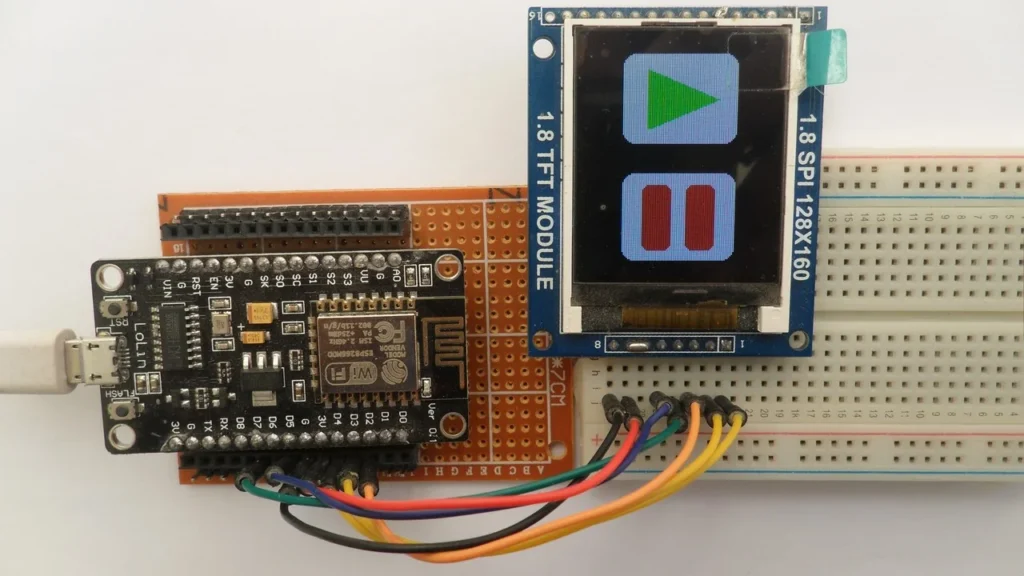In the fast-evolving world of technology, keeping up with hardware upgrades and software compatibility is crucial for optimal system performance. One particular area that has gained attention among tech enthusiasts is the installation of specialized chips and drivers for system enhancement. Among them, the topic of how-to-install-35-DS3CHIPDUS3 has been widely discussed in technical communities. This article offers a comprehensive, human-written, and unique step-by-step guide tailored for both beginners and advanced users.
Understanding the Importance of DS3CHIPDUS3
Before diving into the process of how-to-install-35-DS3CHIPDUS3, it’s vital to understand what DS3CHIPDUS3 is. This chip, widely used in specialized hardware configurations, supports data synchronization, system diagnostics, and increased processing efficiency. Whether you’re building a custom PC or upgrading an industrial system, the how-to-install-35-DS3CHIPDUS3 procedure is essential for integrating this component successfully.

Tools and Materials Required
To get started with the how-to-install-35-DS3CHIPDUS3 process, ensure you have the following tools and items ready:
- The 35-DS3CHIPDUS3 hardware chip
- Compatible motherboard with open slot
- Screwdrivers (anti-static preferred)
- Anti-static wrist strap
- Driver software (usually provided by manufacturer or downloadable online)
- Latest BIOS firmware (optional but recommended)
- Internet connection (for downloads and updates)
Step 1: System Preparation
The first step in the how-to-install-35-DS3CHIPDUS3 process is system preparation. Shut down your computer and disconnect all cables. Remove the side panel of your computer case carefully. Ground yourself using an anti-static strap to prevent electrostatic discharge, which can damage internal components.
Locate the slot on your motherboard where the 35-DS3CHIPDUS3 is to be installed. If you’re unsure, refer to your motherboard’s manual for guidance.
Step 2: Installing the Hardware
Now comes the critical part of how-to-install-35-DS3CHIPDUS3—hardware installation. Gently insert the chip into the designated port, ensuring the pins align perfectly with the slot. Do not force the chip; it should slide in smoothly with minimal pressure.
Once it’s seated properly, secure it with screws if the slot design allows. This step ensures the chip remains stable during operation and avoids connection interruptions.
Step 3: BIOS Settings Configuration
After physical installation, configuring the BIOS is a crucial step in how-to-install-35-DS3CHIPDUS3. Restart your system and enter the BIOS setup (usually by pressing F2, DEL, or ESC during startup). Navigate to the hardware settings and ensure the newly installed chip is recognized.
Enable any required settings such as “Advanced Chip Support” or “External Device Configuration.” Save your changes and exit the BIOS.
Step 4: Installing the Drivers
The driver installation is the heart of the how-to-install-35-DS3CHIPDUS3 process. Without proper drivers, the system may not utilize the chip’s full capabilities. Insert the CD provided with the chip or download the latest drivers from the manufacturer’s official website.
Run the setup file and follow the on-screen instructions. After installation, reboot your computer to allow changes to take effect.
Step 5: Verifying Installation
To complete the how-to-install-35-DS3CHIPDUS3 process, you need to verify that everything works correctly. Go to Device Manager (for Windows users) or System Information (on Mac/Linux) and check whether the chip is listed under connected devices.
Also, monitor system performance using tools like CPU-Z or HWMonitor. You should see a noticeable difference in data processing and system stability if the chip was installed correctly.
Troubleshooting Common Issues
While how-to-install-35-DS3CHIPDUS3 is usually straightforward, some users may face issues:
- Chip not recognized: Double-check seating and BIOS settings.
- Driver conflicts: Uninstall older drivers before installing new ones.
- Performance lags: Ensure the chip is compatible with your motherboard and not overheating.
Updating your BIOS firmware can also resolve many of these problems.
Safety Precautions
When learning how-to-install-35-DS3CHIPDUS3, safety is crucial. Never work on an active or plugged-in system. Avoid touching chip contacts directly and store unused components in anti-static bags. These small steps can prevent long-term damage and ensure a successful installation.
Benefits of Installing 35-DS3CHIPDUS3
Understanding how-to-install-35-DS3CHIPDUS3 offers a range of benefits:
- Improved hardware integration
- Enhanced system processing speed
- Greater customization for advanced applications
- Increased compatibility with specialized software
These improvements are especially useful for gamers, developers, and engineers working with high-performance systems.
Conclusion
In conclusion, knowing how-to-install-35-DS3CHIPDUS3 gives you a competitive edge in handling system hardware upgrades. Whether you’re a casual PC builder or a seasoned tech professional, mastering this installation process ensures better performance, longevity, and functionality of your computing systems.
Remember, the key to successfully completing the how-to-install-35-DS3CHIPDUS3 task lies in patience, precision, and following the steps methodically. If done correctly, this small hardware upgrade can lead to substantial improvements in your system’s performance.
FAQs
Q1: Is the 35-DS3CHIPDUS3 compatible with all motherboards?
A1: No, make sure to check compatibility with your specific motherboard model before proceeding with how-to-install-35-DS3CHIPDUS3.
Q2: Can I install the chip without updating the BIOS?
A2: While not always required, updating the BIOS during how-to-install-35-DS3CHIPDUS3 can prevent conflicts and improve performance.
Q3: Where can I get the latest drivers?
A3: Visit the chip manufacturer’s official website for the most reliable driver packages during the how-to-install-35-DS3CHIPDUS3 process.
